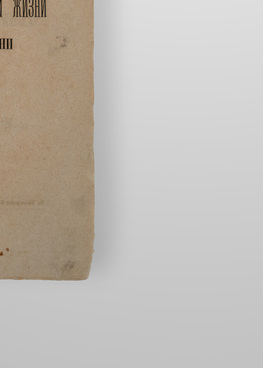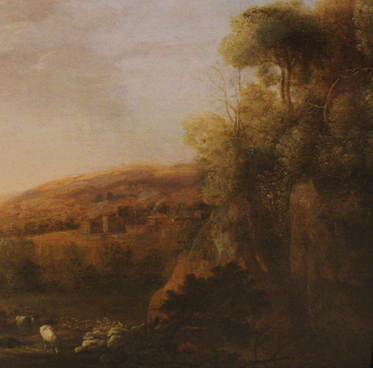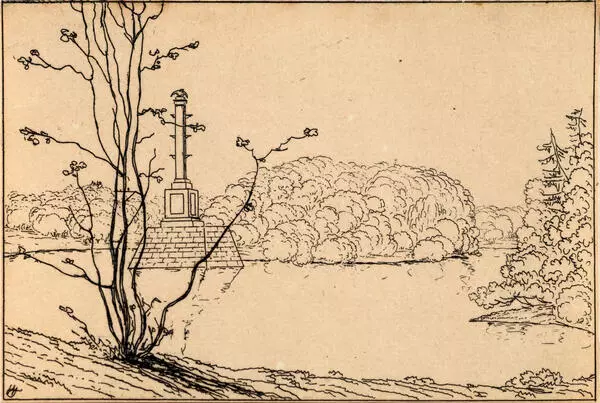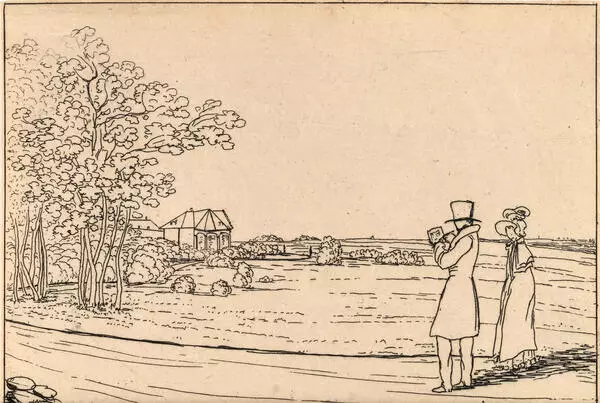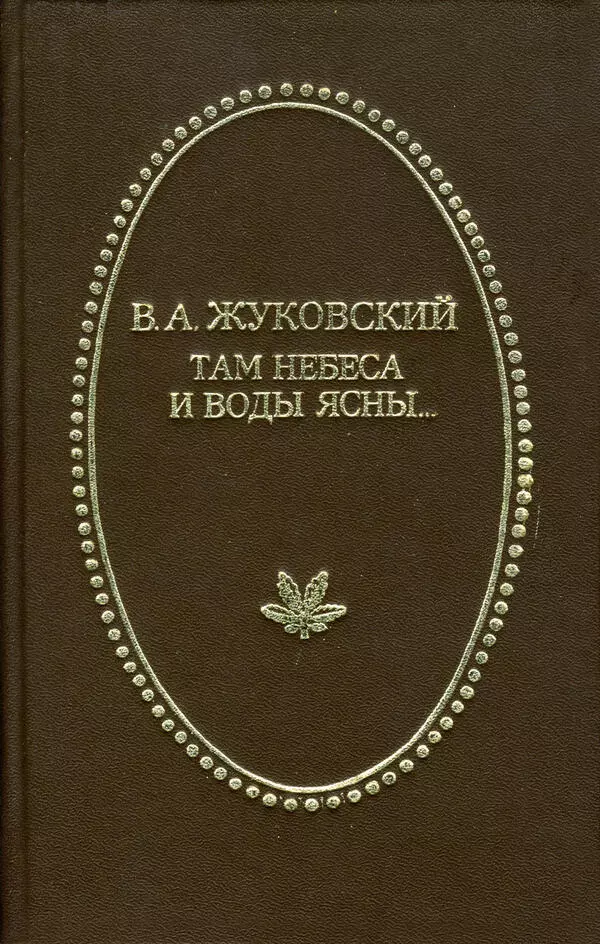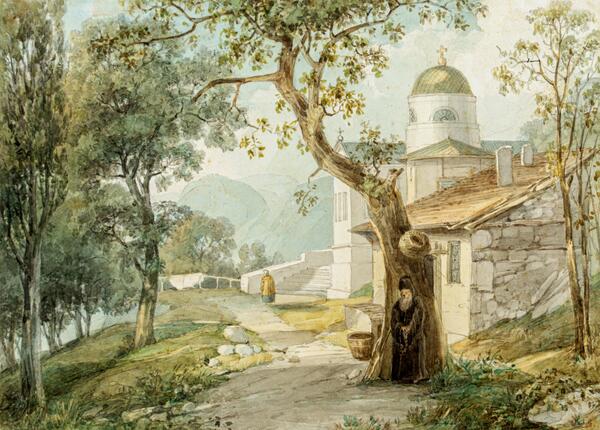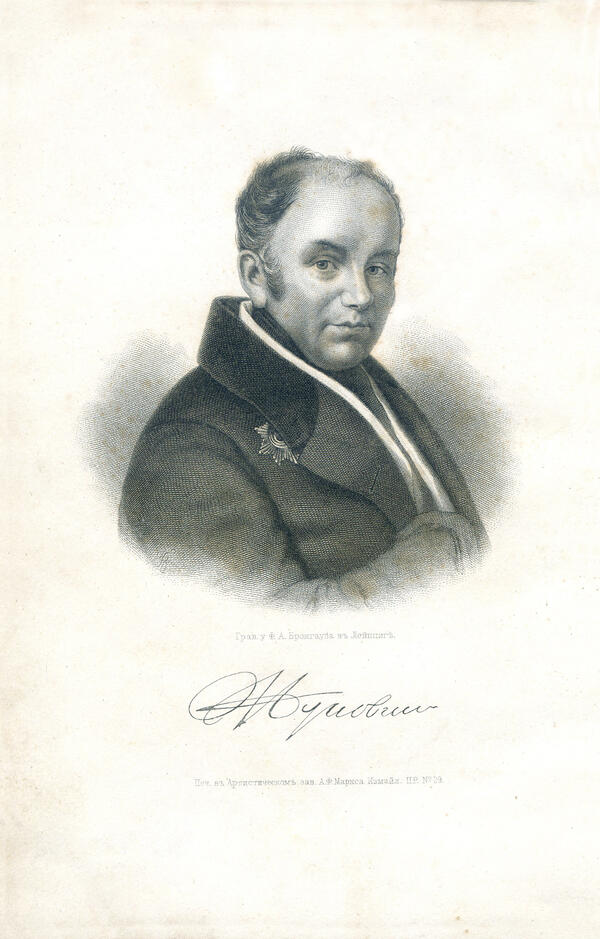In 1883, the Academy of Sciences commemorated the hundredth anniversary of the birth of Vasily Zhukovsky by organizing an exhibition where his drawings were presented alongside his manuscripts.
The future tutor of Grand Duke Alexander Nikolayevich, translator, poet, and literary critic, Vasily Zhukovsky became interested in drawing in 1797–1801 while studying at Moscow University’s Boarding School for the Nobility. Later, he became a professional printmaker. He was particularly productive as an artist during his first trip to Europe in 1821 which he described to Anna Sontag in the following way, “I saw a part of Germany… the splendor and charm… of the Swiss lakes… I admired… the [Rhine] Falls, the castles and magnificent vineyards [on the Rhine].”
Vasily Zhukovsky’s artistic legacy includes around 2,000 works: landscapes, travel sketches in ink and pencil, portraits (most notably the ones of his half-niece Maria Protasova with whom he had a platonic affair), book illustrations, watercolors, and paintings.
Pyotr Pletnyov expressed the opinion of many of his contemporaries by pointing out that Zhukovsky was great at capturing the look in his model’s eyes, choosing the perspective in a subtle and thoughtful manner, and “grasping the very nature of things in the quickest of sketches.” The latter was confirmed by an entry made by Zhukovsky in his journal during the Grand Duke’s “Ural voyage” across Russia: “3. To collect everything characteristic. 4. To make drawings” (according to “The Ural Finds” by Yuri Kurochkin).
Particularly notable is the artist’s “Mishenskoye” series dedicated to his home area. Views of the estate, church, hill, field, rows of trees, and a road going off into the distance evoke the sensation of peacefulness among these vast expanses of the countryside.
Both Zhukovsky’s early landscapes and his early poems are characterized by romantic images such as grottoes, ancient ruins, and idyllic landscapes. Over time, the artist abandoned these motifs in favor of a more realistic, deep, and personal approach.
On June 30, 1837, while traveling across Russia,
Vasily Zhukovsky left a note in his journal about the Penza Governorate which
he also depicted in a number of sketches. These materials contribute to the
image of the provincial Penza in the 19th century.


